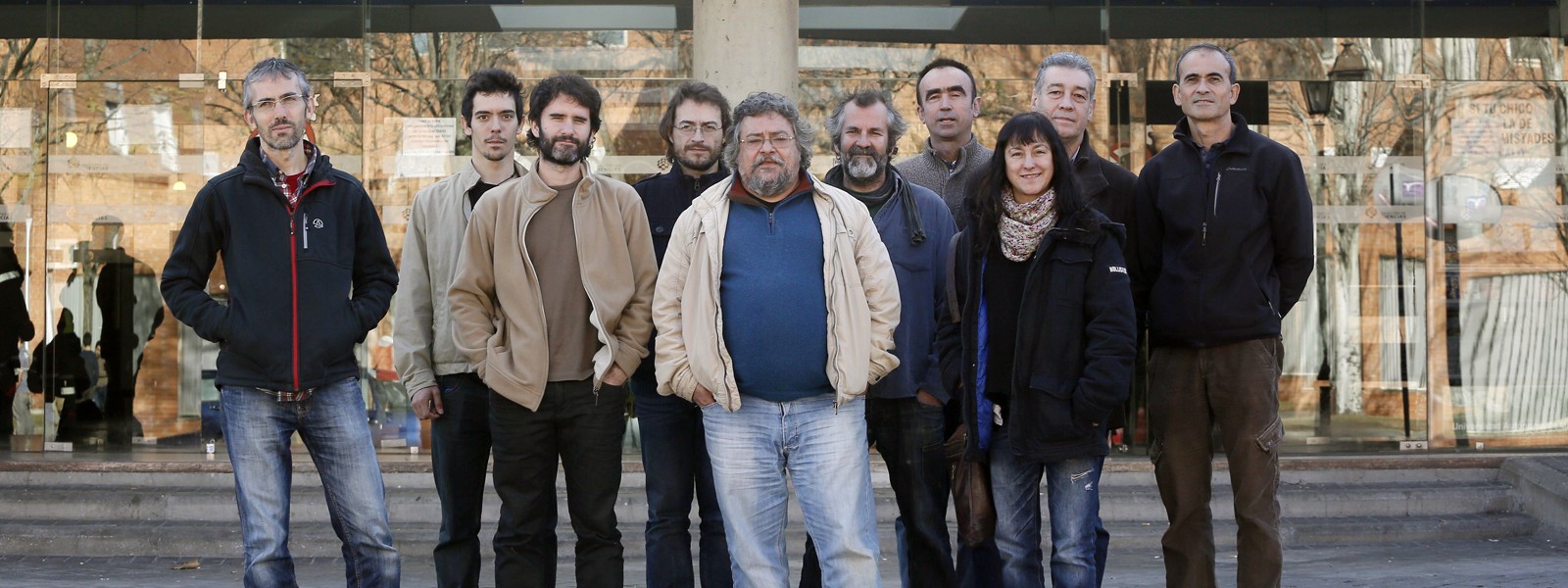DIRECTOR
RESEARCH TEAM
Jesús García González, Pablo Ferreras de Andrés, Pedro Pérez Olea, Jesús Martínez Padilla, José Francisco Ruiz Fons and María Calero Riestra, CSIC (IREC); Pablo Acebes Vives, Juan Esteban Malo Arrázola and Jesús Herranz Barrera, Universidad Autónoma de Madrid; María del Pilar López Martínez, CSIC (MNCN); and José Martín Rueda, CSIC (MNCN).
COLLABORATING INSTITUTIONS
DESCRIPTION
Common vole plagues are a serious agricultural and health problem in Castilla y León, causing damage to crops and the appearance of tularemic epidemics in humans. Plague control strategies to date have rested on the use of rodenticides and the burning of natural vegetation, but this causes other, serious environmental problems because many other animal species are affected at ecosystem level.
The identification of alternative techniques for the control of this plague is accordingly crucial for biodiversity conservation and restoration in the region’s agricultural landscape, among the largest in Europe. The project team have run an experimental biological control program with raptor nesting boxes since 2009, which has achieved good levels of acceptance and results, but recent data suggest this technique may require complementary actions in areas/years of maximum vole density.
We propose an applied research program with three core elements aimed at finding new control techniques to supplement the biological control program with nesting boxes:
1) Research on the role of weasels in vole population dynamics, since this predator may have a strong influence on the latter’s demographic cycles;
2) Research on the role of linear transport infrastructures in the demographics, dispersion and possible isolation of vole populations, experimenting with control techniques other than vegetation burning, which is in any case ruled out on road and rail verges
3) Evaluation of the use of pheromones as a new control technique by investigating the chemical compounds involved in the species’ chemical communication. The ultimate goal is to bring together key information for an ecologically-based integral control program in line with the latest international trends in fighting rodent plagues.

